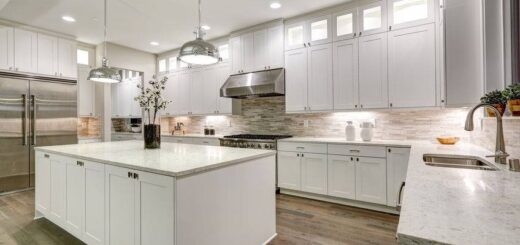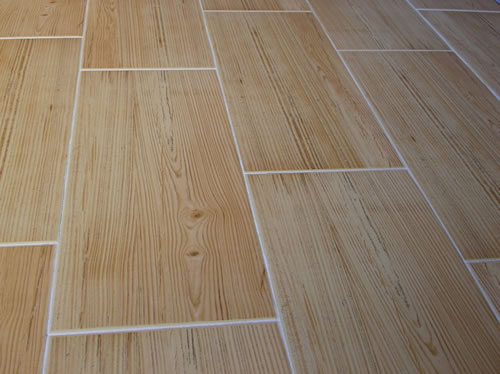Advances in Tile Manufacturing
Ceramic tiles have been around in one form or another for thousands of years and for much of that time nothing much changed in the manufacturing process. But in recent years there have been huge advances in tile manufacturing technology and this has also led to inspirational new design processes. Tiles can now be produced that are super-thin and light or that are anti-slip or resistant to large temperature variations. There are even anti-bacterial tiles being produced and others with a coating baked onto the surface that purifies the air in the room.
Digital inkjet printing is a relatively new technology that has allowed ceramic and porcelain tile designs to replicate natural products thus preserving the stocks of the natural stone and bringing environmental awareness into the tile industry.
A very popular current trend is to reproduce the look and texture of wood in wood-effect porcelain tiles, offering the advantages of the warm, natural look of wood with the practicality of a water-proof product that is easy to maintain and highly durable – perfect for bathrooms and wet-rooms. Some wood-effect tiles are almost indistinguishable from the real thing and many come in a plank-style to reinforce the look.
A continuing trend in ceramic and porcelain tiles is for the very large sizes of tile (up to 1.2 metres x 1.2 metres or even larger) and their popularity is still growing. Such large tiles look fabulous in large spaces such as hallways and conservatories. Again advances in technology have enabled these large sizes to be produced reliably.
Many porcelain tile manufacturers now follow sustainable practices. Of course, some of the environmental awareness issues are not concerned with the ceramic product itself (as this is a natural product) but with the manufacturing process and with the tiling accessories such as the grout and sealant. There is growing awareness in the EU for moving away from a linear economy, where we use natural resources and produce waste in a way that does not consider our environment, towards a circular economy where natural resources are preserved in the manufacturing process and designs eliminate waste entirely by recycling and reusing everything.





Recent Comments